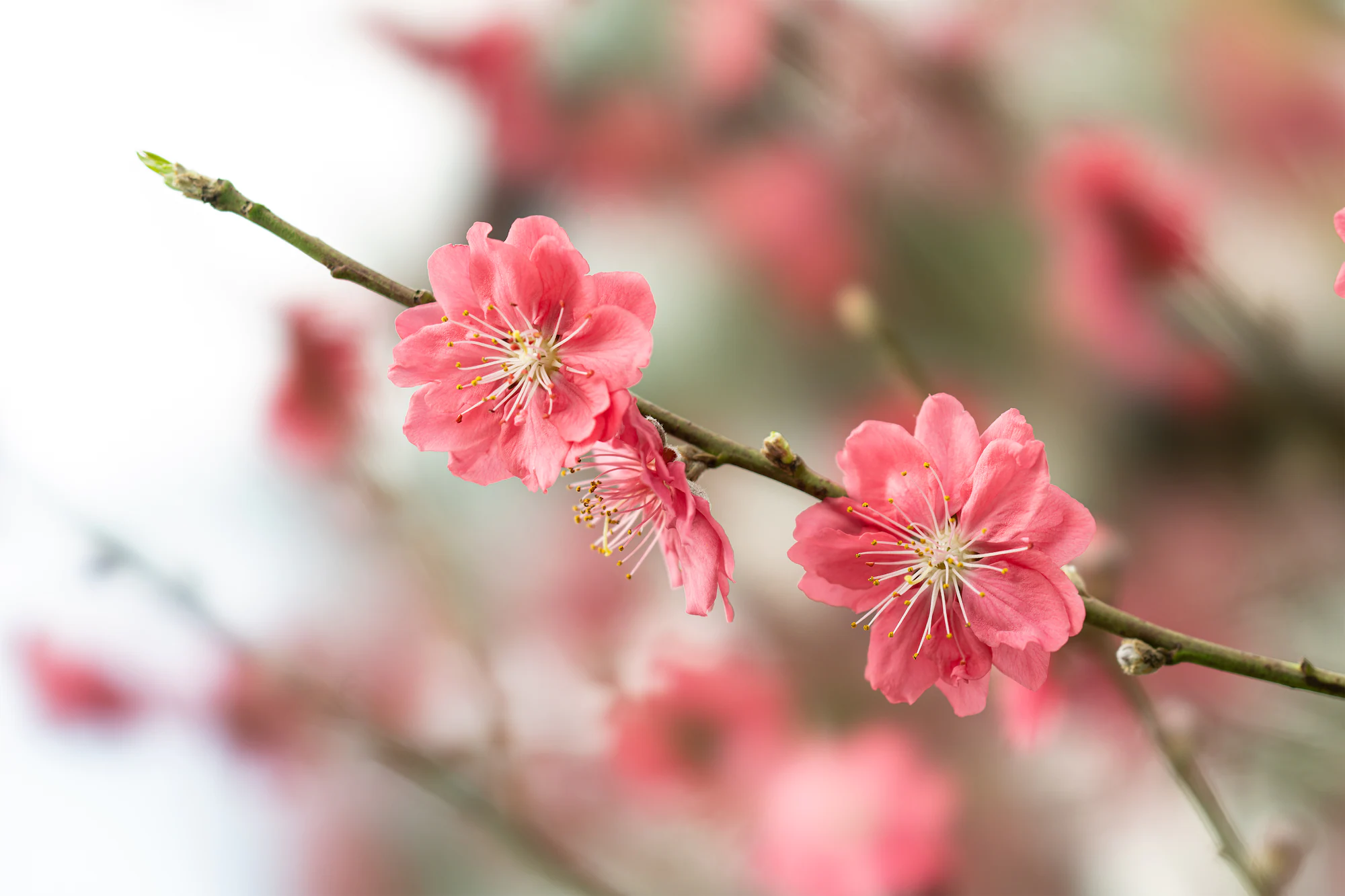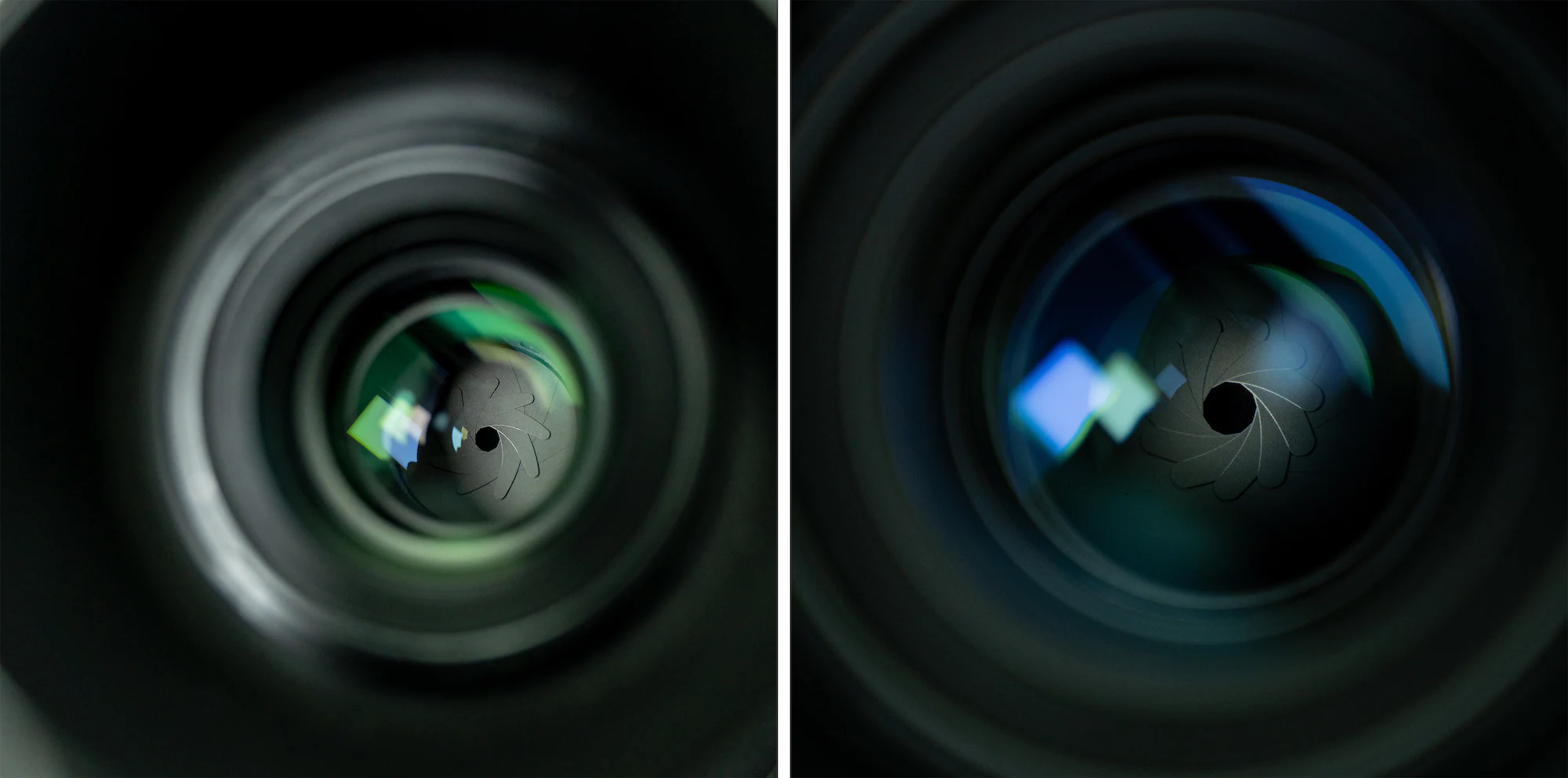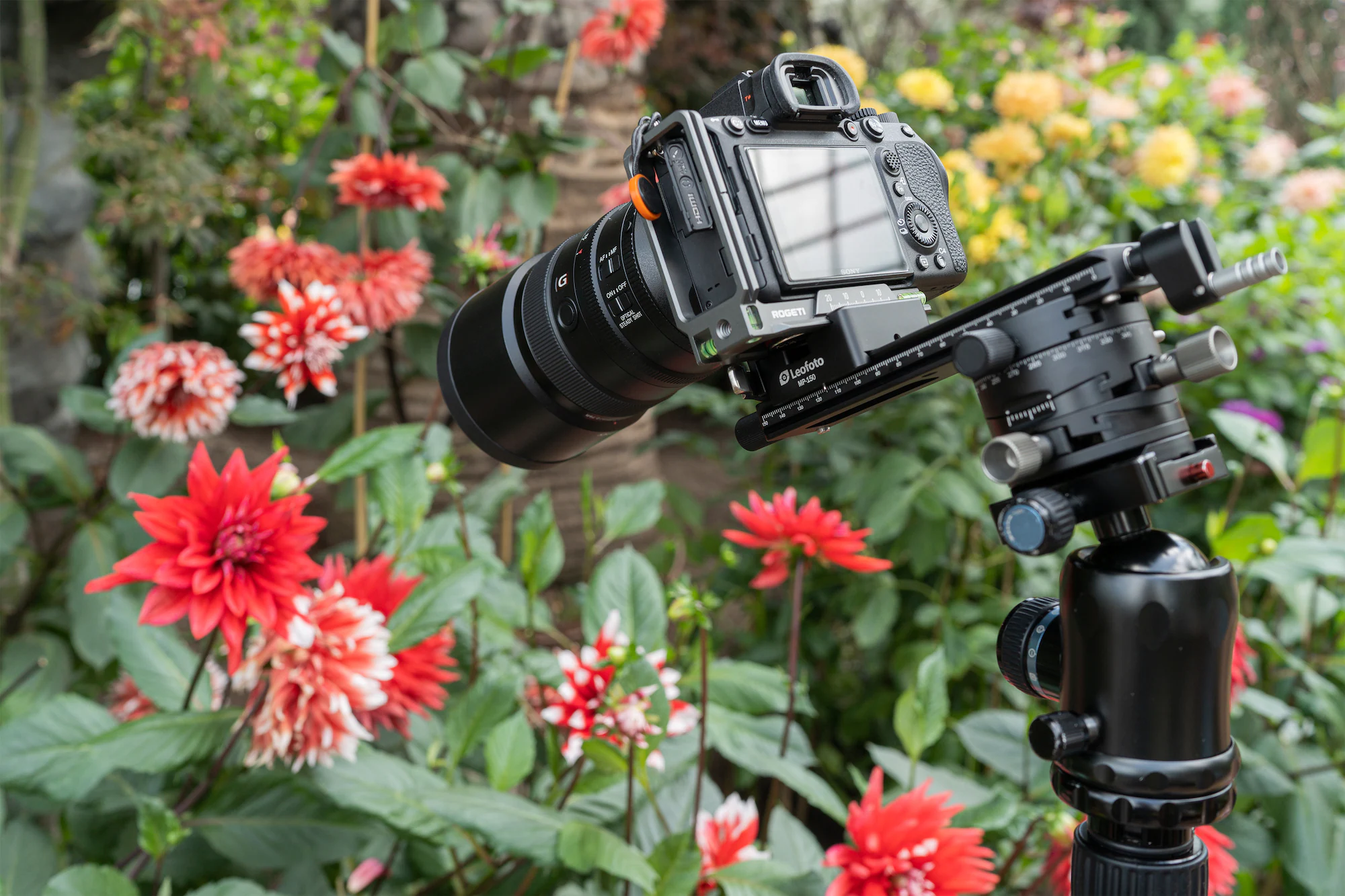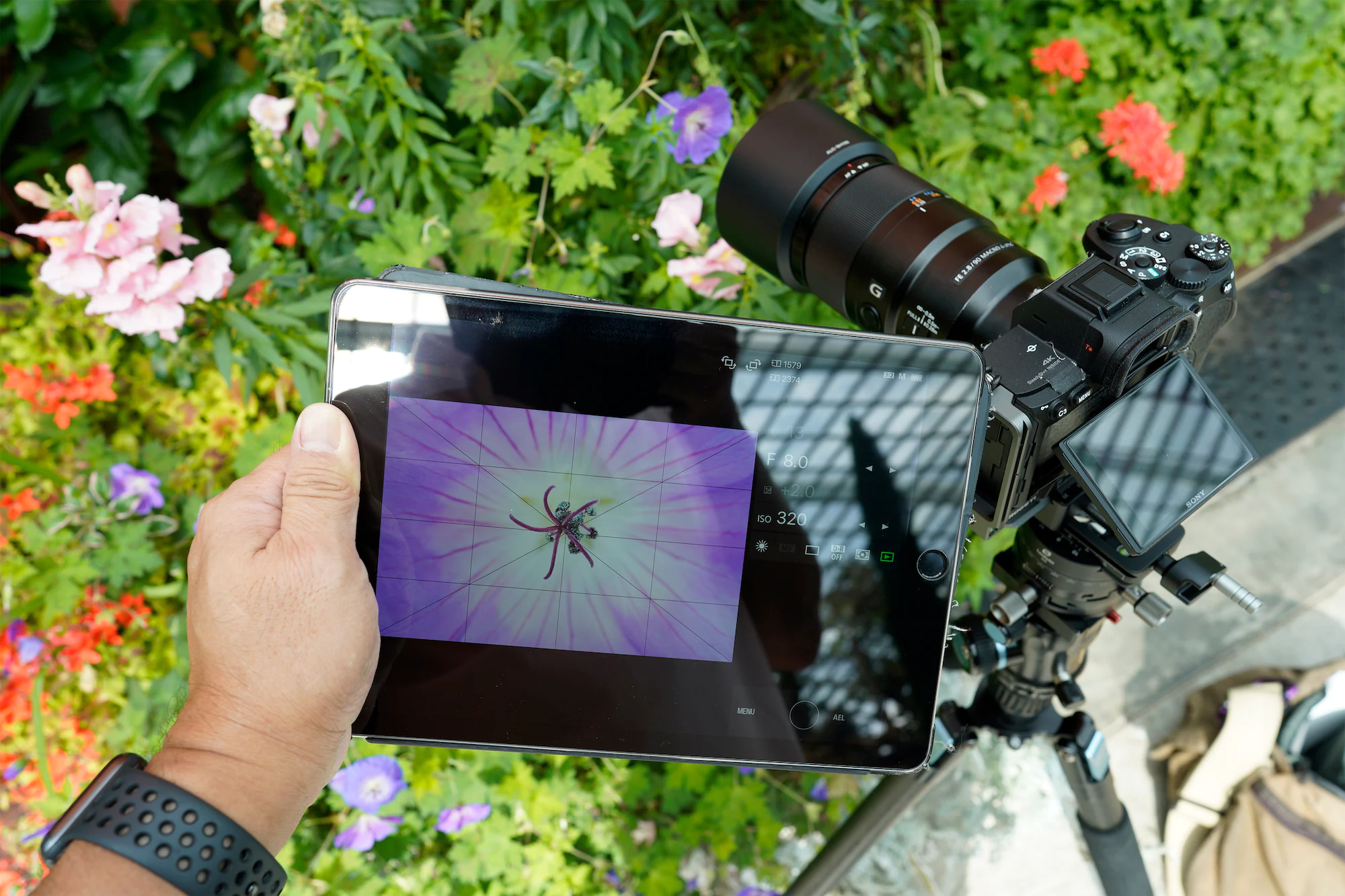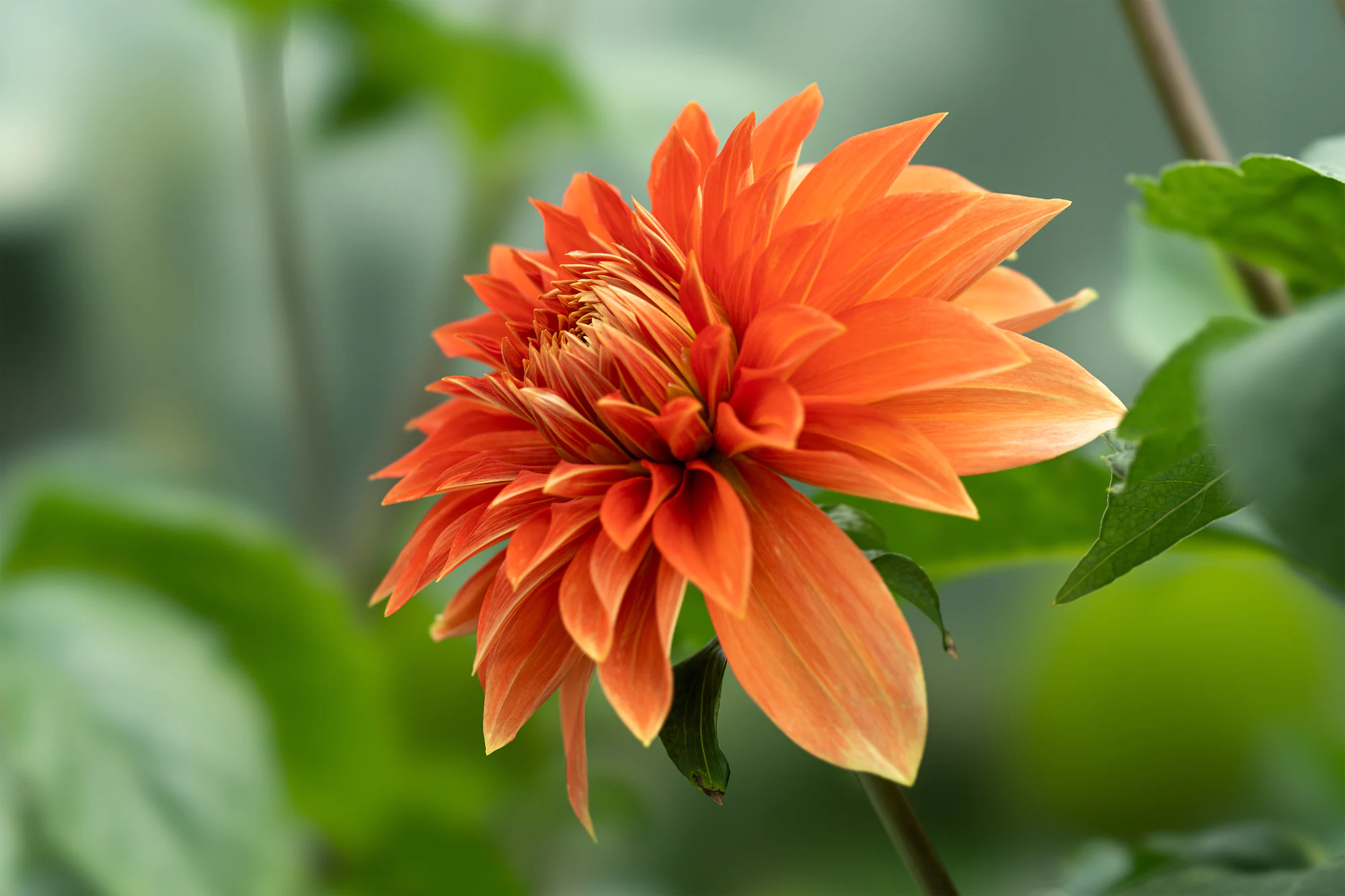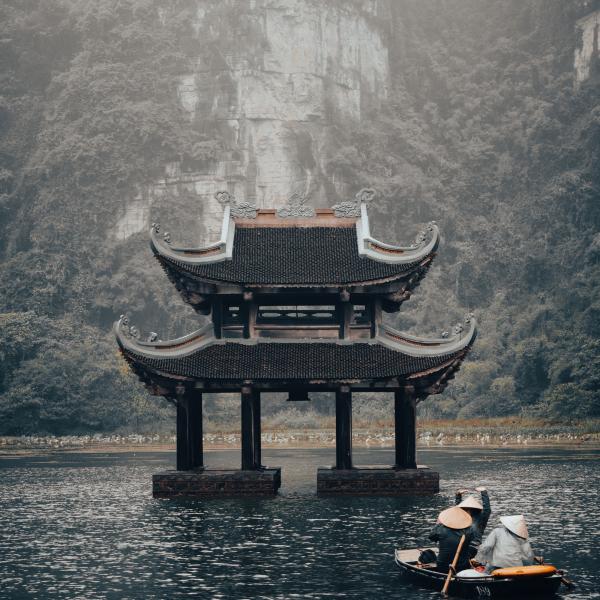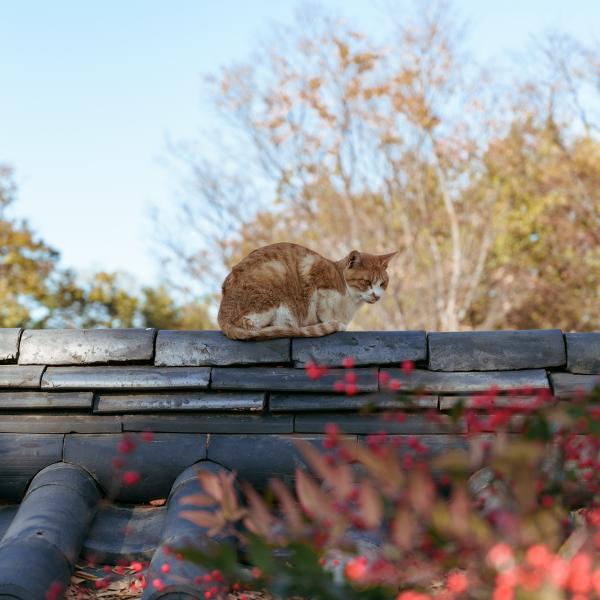Mastering Close-up and Macro Flora Photography with Sony
SEL90M28G or SEL100F28GM?
A purpose-built macro lens may automatically come to mind when dealing with floral photography. But in the case of Sony’s Alpha lenses, particularly the SEL90M28G, the mid-range telephoto lens allows you to get really close and take 1:1 magnification images. The lens’ macro capability grants not only magnified shots of the flower’s specific parts, but also its blossoming form.
However, for capturing flowers about the size of a tennis ball, the SEL100F28GM STF (Smooth Transition Focus) should also be considered. This lens boasts two unique features – exceptionally smooth bokeh (attributed to an internal apodisation filter) and a close focusing mode. The former makes creamy and dreamy background blur with sphere-like rendered bokeh balls.
Let’s take a closer look at how these two lenses compare.
With regards to their magnification capabilities, the SEL90M28G features a 1x magnification compared to the SEL100F28GM’s 0.14x magnification. As such, the SEL90M28G is more suited for detailed shots of a flower’s distinguishing features, and extreme close-ups of curious creepy crawlies.
Image quality of both lenses is excellent, as proven by independent trials from non-biased reviewers. Both produced extremely sharp images, but when it comes to bokeh quality, the SEL100F28GM emerges king. The smooth round aperture is the result of SEL100F28GM’s eleven-blade. SEL90M28G’s nine-blade aperture is more defined, circular and perfectly rounded.
(From Left) Single image versus stacked images.
One disadvantage is the shallow DoF (Depth-of-Field) which remains even when you stop down to a smaller aperture like F11. This can be remedied with Focus Stacking, easily accomplished with a tripod-mounted camera. Without additional hardware, you can select manual focusing and change the focus distance slightly for as many shots as needed to get more of the flower in focus. This stack of images is then loaded into a software application that can detect the sharpness in focus areas; the images are then blended to create a final image.
Get equipped
Utilising various shooting gear eases the work of a macro photographer. For starters, shooting on a tripod with a solid ball head offers a range of benefits. The tripod enables you to shoot using available light through slower shutter speeds; you can easily compose and recompose. Additionally, you can also use one free hand to operate lights, activate a remote shutter or simply swat away pesky insects. For serious close-up photographers, I highly recommend using a macro-focusing rail (see above photo for reference). This allows the entire camera to move in a smooth linear motion towards or away from the subject. As it extends outwards from the tripod, the rail gives substantial reach to subjects that may be out of reach.
Sometimes it can be difficult to position the camera on a tripod while keeping an eye on the electronic viewfinder, or even position the camera in a way to view the rear LCD. This is when larger screens like your mobile phone or a tablet come in handy. Use Sony’s Imaging Edge mobile application to connect to your Sony Alpha camera over WiFi. This enables you to remotely control the settings and check your composition and focus.
Here are some additional items you can have on hand-
- Small spray misting bottle with distilled water
- Coloured cards that can be used as a backdrop to obscure messy backgrounds
- Small handheld LED light(s) to illuminate the flowers
- Small foldable reflector to either shade the flowers or reflect additional light on your subject; it can be as simple as a piece of white or silver card stock
Macro photography starts at home
If you are looking to try out macro and close-up flora photography, you can easily do it in the comfort of your home. Set some flowers in a vase and move it around your home. Once you are satisfied with the background, take advantage of natural light that shines through the window and capture the shot.
Another great place to start is in your garden. If not, head to a public garden or conservatory that houses more unique and specialised flora. Do take care to not harm the flowers, plants or insects when photographing.
Final tip: Use a high megapixel count Sony Alpha camera like the Alpha 7R III or Alpha 7R IV and you can either crop in post or enable the APS-C crop mode to effectively ‘zoom’ in on your subject. Even though this will reduce the megapixel count of your photos, there will still be enough megapixel count left for extreme details that are good enough for large digital prints. This is quite common when you do not have a lens capable of doing 2x or 4x magnification.
Disclaimer: The opinions expressed in this publication are those of the author. They do not reflect the opinions or views of Sony Singapore.

